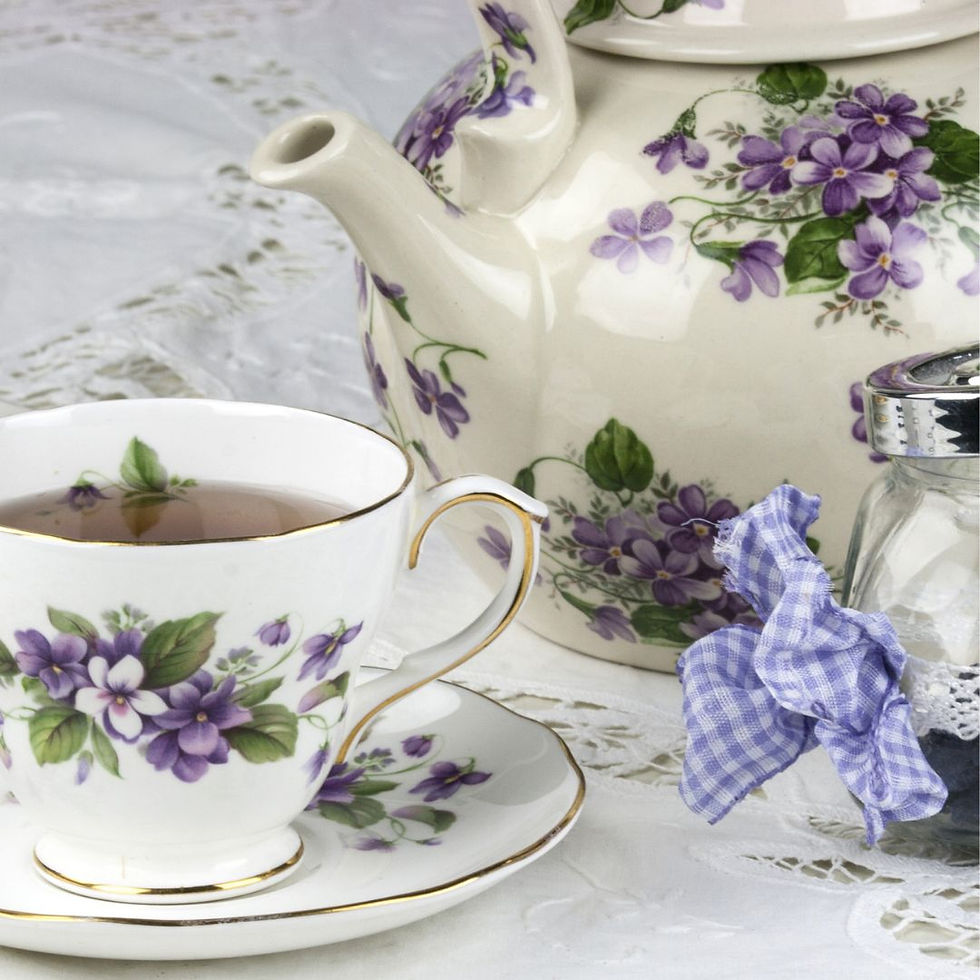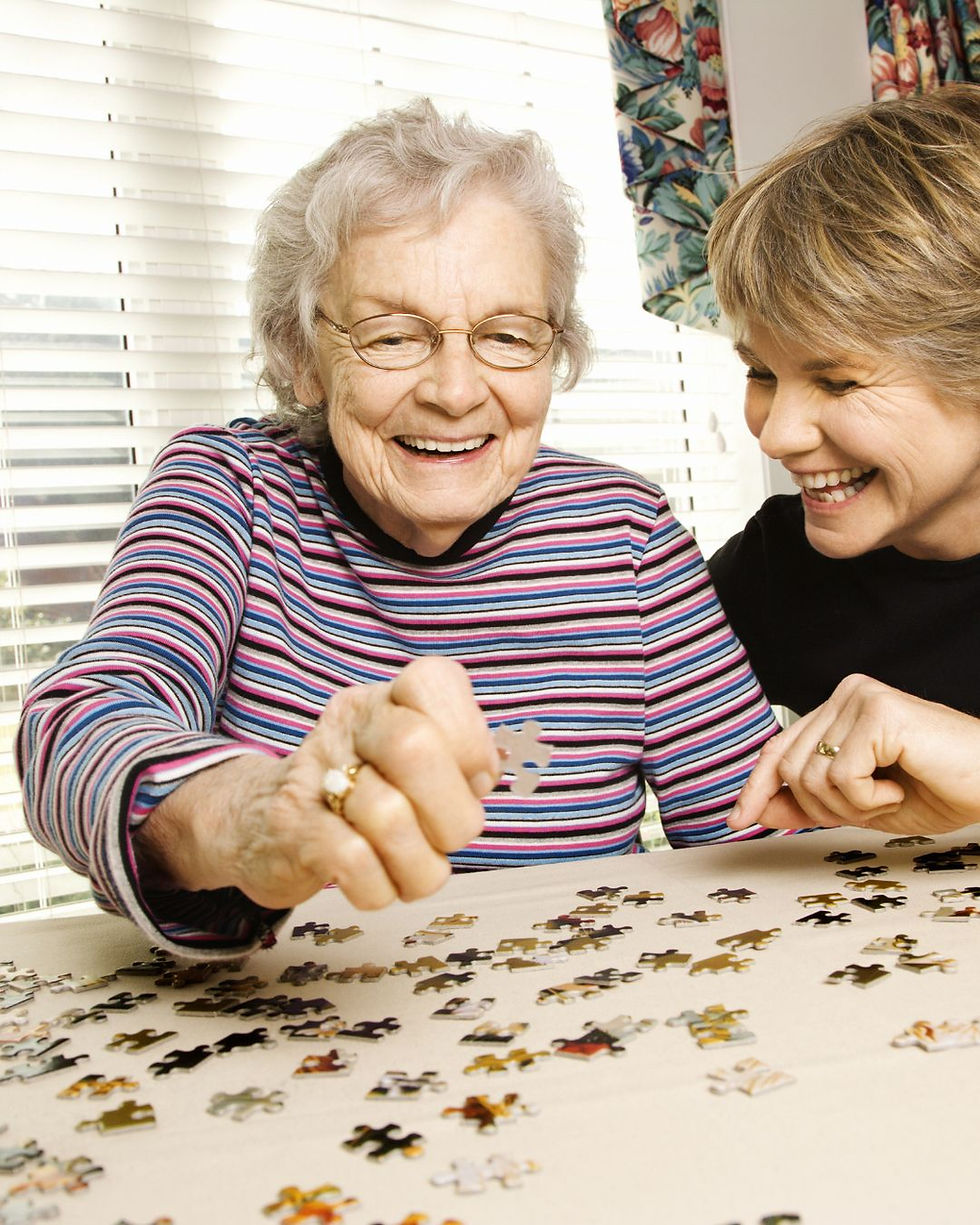Understanding cultural wellbeing in care homes
- Bright Copper Kettles CIC

- Sep 4
- 5 min read

When I began writing my blog series on the SPIES model of wellbeing (Social, Physical, Intellectual, Emotional, and Spiritual), I thought the acronym covered everything. But one of our brilliant Facebook group members reminded me of a version they use - SPICES, where the additional C stands for Culture.
This really resonated with me. Culture runs deep through every person’s identity - it shapes our traditions, beliefs, values, food, humour, music, and sense of belonging.
Leaving culture out would mean missing a vital part of what makes each resident feel truly seen and valued.
This is why I’m adding an extra post to complete the SPIES series. Consider this the missing spice that helps us support wellbeing in a fuller, more meaningful way.
Why culture matters in care homes
Culture is often misunderstood as simply “where someone comes from.”
But it’s much broader and richer than that. It includes:
Heritage and nationality - language, food, and customs from someone’s homeland.
Faith and beliefs - how traditions, rituals, and celebrations mark time and bring meaning.
Community ties - being part of groups such as miners, military, farming, or trade unions.
Everyday lifestyle - from what someone eats, to how they celebrate milestones, to the values passed down in their family.
For residents, especially those living with dementia, cultural cues can be incredibly grounding. They spark memories, build connections, and remind people of their identity.
As activity coordinators we experience many examples of cultural references, many of which can be easily missed - because they are part of our culture. They are things that we do or expect the care home to provide, and yet we think nothing of it. Sometimes we aren't even aware that these experiences are rooted in our cultural being.
Examples of British Cultural Wellbeing in Care Homes:
Fish and Chips supper on a Friday, or at least a fish dish option, every Friday, because it is part of our British heritage.
Christmas is a long standing tradition in our culture, even though many of those who celebrate have little interest in the true meaning of this special time of year.
Even some of our British culture gets missed in our care homes, because we no longer honour them. The art of making a proper cup of tea seems to have been lost even in some of our local hotels. At my age, I want a pot of tea served with a cup and saucer. Something that is deeply cultural, yes, like many younger people I will sometimes make a mug of tea at home and pop the teabag in the mug, only to discard it moments later. But, when I go out for tea, when I'm taking a mindful break, I'd like the full palaver please! - It does taste much nicer!

China cups and saucers if you please! How, can you drink from the saucer if one isn't provided? Another lost art, sadly only enjoyed by the most devoted of tea drinkers. A drop of Scotch? - you're too kind. Condensed milk? - now you're talking - what a blast from the past, as I recall sitting drinking tea (the proper way) with my great-grandmother.
And now you can see how knowing more about a person's culture can help them recapture the moments in their past that mattered to them - moments that they may have forgotten in the mad busyness of their lives, but which, when rediscovered in later life, bring comfort, connection, and a powerful sense of identity.
For our residents, these small cultural touches - like the ritual of a proper cup of tea, can spark joy, awaken memories, and remind them that their stories and traditions still matter today.
A Caribbean-born resident may be transported by the aroma of jerk spices or reggae music.
A Welsh resident may light up at the sound of a male voice choir.
An Italian resident may find comfort in the smell of fresh coffee brewing.
Scottish resident might take pride in hearing bagpipes.
A Polish resident might feel at home when hearing traditional folk songs or sharing pierogi.
For some, Saturday afternoons meant football on the radio, with the familiar voices of the commentators and the half-time scores rattled off in quick succession.
And don't forget pub culture; a friendly game of darts or dominoes, the weekly pub quiz, or the sing-song at closing time.
Check out those raised within a church-going family/or school too. Each may have a completely different experience, even under the umbrella of the same faith.
How often do we include this type of experience in our food menu or our activities schedule?
By weaving culture into daily care and activities, we help residents feel more at home, not just in the building, but within themselves.
The role of activity coordinators in cultural wellbeing
As activity coordinators, you’re in a unique position to bring cultural wellbeing alive. Your role isn’t just about entertainment, it’s about ensuring every resident feels understood and valued.
Here are some ways you can do this:
1. Ask and listen
When gathering life stories, don’t stop at hobbies or work.
Ask:
What foods remind you of home?
What festivals did you look forward to?
What songs were part of your childhood?
These conversations uncover cultural gems that can later be woven into activities.
Take note that we all choose to hold on to certain aspects of our cultural experiences, whether we mean to or not.
2. Celebrate diversity
Marking cultural festivals isn’t just about recognising the individual resident who celebrates them, it’s an opportunity for the whole care community to learn, share, and connect.
Think Diwali, Eid, Hanukkah, St. Patrick’s Day, Chinese New Year, or local traditions such as May Day.
3. Use the power of the senses
Culture is often experienced through the senses:
Taste: cooking activities, themed meals, or snacks from a resident’s homeland.
Sound: music, storytelling, poetry, and radio broadcasts from their youth.
Smell: spices, flowers, or scents that evoke home.
Sight: flags, fabrics, photos, or films.
Touch: traditional crafts, fabrics, or religious items.
4. Everyday respect
Cultural sensitivity isn’t just for special occasions. It’s about respect in the small, daily details:
Understanding dietary restrictions.
Recognising prayer times or rituals.
Appreciating the importance of dress, modesty, or gender roles.
Acknowledging humour and storytelling traditions.
Tying back to my HELPS™ Framework
My HELPS™ framework (Histories, Experiences, Lifestyles, Preferences, Strengths) already places importance on understanding the whole person.
Culture is naturally woven through each part:
Histories: Family traditions and shared cultural heritage.
Experiences: The communities, festivals, or even wars that shaped them.
Lifestyles: How their cultural background influenced food, music, or work.
Preferences: Choices around worship, celebrations, and social life.
Strengths: Cultural skills such as storytelling, singing, or cooking passed down generations.
Recognising culture means you’re not just planning activities you’re safeguarding dignity, identity, and belonging.
Why this post completes the series
When I first set out the SPIES series, I wanted to highlight how activity coordinators could support every aspect of wellbeing. But with culture missing, the picture wasn’t quite complete. Adding the C for Culture - turning SPIES into SPICES, truly rounds out the framework.
It reminds us that wellbeing is never one-size-fits-all. Each resident brings their own rich heritage and lived experience.
Our role is to honour that, not only through grand celebrations but also in the little, everyday details that make life meaningful.
Over to you:
How do you celebrate and respect cultural wellbeing in your care home?
Do you have traditions or practices that help residents feel truly seen?
I’d love to hear your ideas.
If you'd like to consider this subject further, join my Activity Coordinators Toolbox for helpful tips as well as practical help with activities planning.








Comments